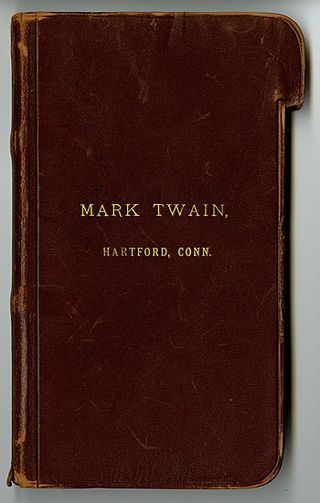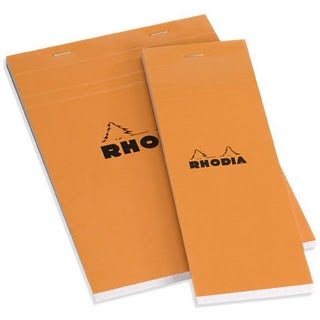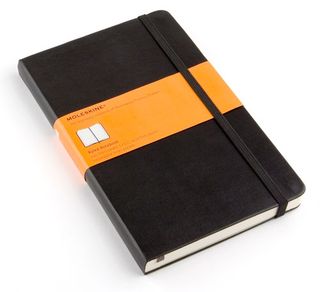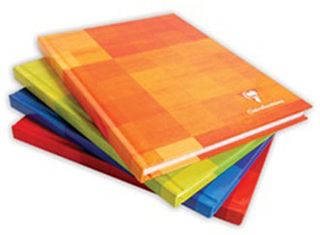
Traveler and author Mark Twain filled 50 journals before he died. He wrote sketches for stories and characters, schemes for inventions, observations, drawings and dirty jokes in his little notebooks. He always had one on him to remember the little oddities of the world that he thought worth noting—because if you don’t write such reflections down they are often forgotten, and the moment and its significance disappear with them.
Twain’s first pocket notebooks were purchased in 1857 at the age of 21 during his training to become the “cub” pilot of a steamboat on the Mississippi River. He felt confident that the job would be fairly easy to learn but found he could not remember the instructions his teacher, Horace Bixby, imparted to him. Bixby advised Clemens, “My boy, you must get a little memorandum-book, and every time I tell you a thing, put it down right away. There’s only one way to be a pilot, and that is to get this entire river by heart. You have to know it just like A B C.” Clemens accepted Bixby’s advice and thus began a lifelong relationship with the pocket notebook. –
The best notebook is always the one in your pocket when the extraordinary plays out. Great writers usually keep one at hand, and many travelers do as well. Below are a few of the finest journals still in production…

��
Henri and Robert Verilhac founded the “Papeteries Verilhac Freres” in 1932. The brothers came from a family of paper merchants who operated in southern France and North Africa for three generations. The company moved from Lyon to Sechilienne near Grenoble in the French Alps in 1934. That year it began producing its iconic notepad and adopted the name Rhodia—derived from the Rhone River.
��

“You belong to me and all Paris belongs to me and I belong to this notebook and this pencil,” Ernest Hemingway once wrote in a Moleskine journal. Henri Matisse, Vincent van Gogh and André Breton also used the little hardback notebooks, that come with an elastic strap and a tiny envelope inside the back cover.
For over a century a small French bookbinder supplied Paris stationery shops with this simple black book where the artistic and literary avant-gardes of the world browsed and bought them. Writer-traveler Bruce Chatwin used to buy his moleskine at a Paris stationery shop in Rue de l’Ancienne Comédie, always stocking up before going on his infamous journeys. It was Bruce Chatwin that called this little black notebook, “moleskine.” He gave his friend Luis Sepùlveda, a Chilean novelist, a precious moleskine before a trip to Patagonia. It was precious because by then the notebooks were no longer to be found, as the small family concern in Tours closed down. “Le vrai moleskine n’est plus” were the lapidary words of the stationer to Chatwin who had ordered one hundred before leaving for Australia. Now, the Moleskine tradition continues by Italian manufacturer Moleskine Srl . It can go back to being a witness, passing from one pocket to another and continue the adventure. —moleskin.com��

The Clairefontaine mill in the Vosges region of France has been making notebooks since 1858. That year, Jean-Baptiste Bichelberger set up a paper mill in Etival-Clairefontaine, on the site of an old mill built in 1512. The company produced the first school notebooks in France and is the only European manufacturer that still makes its own paper.
Some of Clairefontaine’s famous clients: David Mamet who writes in longhand in a large-size spiral notebook; Claire Messud, author of The Emperor’s Children; Carla Bruni, who wrote her third album in a blue Clairefontaine notebook; and Paul Auster who said, “I write at least a page every day but seldom more. Cigars, good pen plucks and large Clairefontaine notebooks help me to write.”